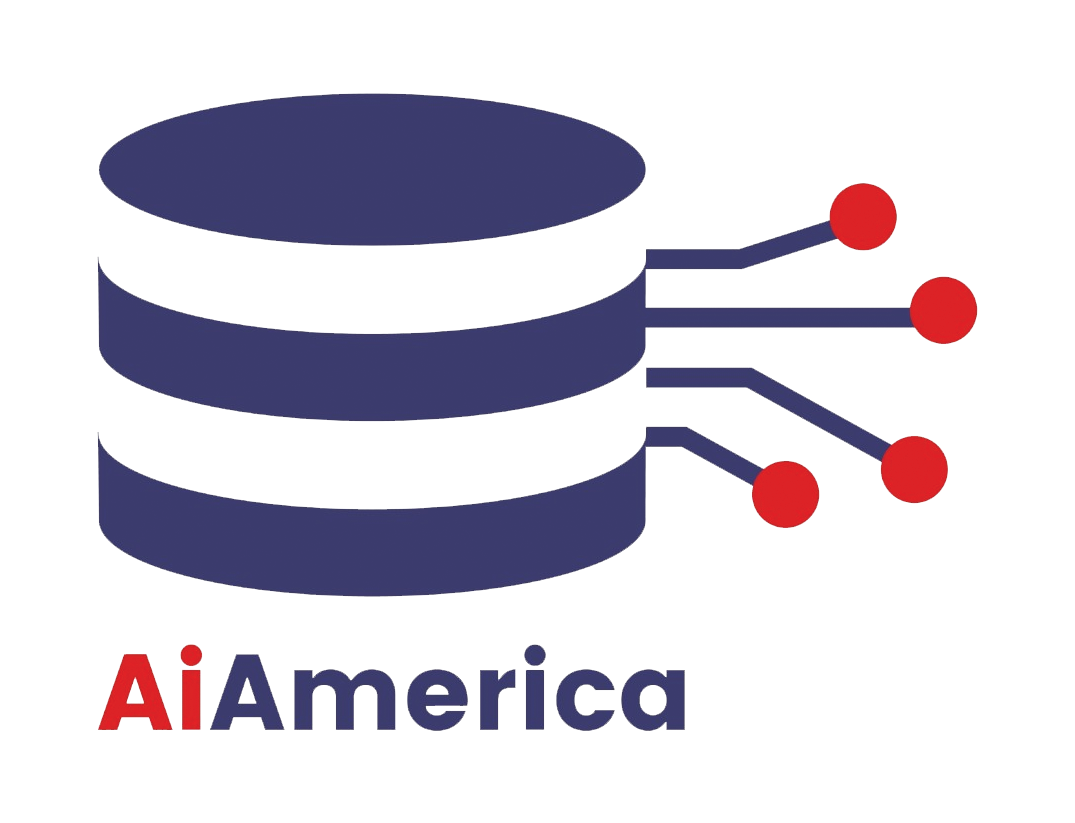
In the rapidly evolving landscape of artificial intelligence, agentic AI stands out for its autonomous, goal-driven capabilities. Building such intelligent systems requires adapted frameworks and architectures that facilitate complex reasoning, multi-step action, and continuous learning. This article delves into the most promising frameworks and architectural principles enabling developers and enterprises to create and deploy agentic AI effectively.
The Need for Specialized Frameworks
Early AI development primarily used monolithic models or static pipelines which lacked flexibility to adapt autonomously in dynamic environments. Agentic AI systems demand modular, scalable architectures that can accommodate:
- Multi-step reasoning workflows
- Memory management for contextual continuity
- Tool and API integrations
- Real-time collaboration between AI agents
- Secure, auditable operations
Without such frameworks, building production-grade autonomous agents can become prohibitively complex and error-prone.
Popular Agentic AI Frameworks
LangChain
LangChain is an open-source framework designed to simplify the construction of agentic AI workflows by orchestrating large language models (LLMs) alongside external tools, APIs, and vector databases. It supports:
- Chains of actions that handle complex, multi-step tasks.
- Integrated memory modules for conversational context persistence.
- Agents that can autonomously decide which actions to take and which tools to invoke.
LangChain’s flexible and modular design has made it a go-to framework for many enterprises building agentic AI solutions.
CrewAI
CrewAI focuses on multi-agent orchestration, enabling developers to define collaborative workflows where multiple intelligent agents communicate and coordinate. Its core features include:
- Role-based agent creation and task assignment.
- Real-time communication and conflict resolution between agents.
- Integration with APIs and knowledge bases for data sharing.
CrewAI is especially well-suited to complex enterprise scenarios that require distributed intelligence, such as supply chain management or research automation.
AutoGen by Microsoft
Microsoft’s AutoGen is an emerging platform that accelerates the development of LLM-based autonomous agents with built-in support for:
- Memory and context tracking across conversations.
- Tool integration with Microsoft Azure services and third-party APIs.
- Governance features ensuring ethical and compliant AI deployment.
AutoGen provides developer-friendly APIs and templates optimized for rapid prototyping and scalable production systems.
Key Architectural Principles for Agentic AI
- Modularity and Composition
Agentic AI architectures decompose workflows into loosely coupled modules—language understanding, reasoning, planning, execution, and learning—improving maintainability and extensibility. - Memory-Centric Design
Persistent memory structures enable agents to retain knowledge over time, essential for personalized, long-term user interaction and adaptive behavior. - Hybrid Reasoning
Combining symbolic logic, probabilistic inference, and neural language models allows a richer, explainable cognitive process guiding autonomous decisions. - Interoperability and Integration
Open API-driven interactions with enterprise systems, cloud services, and domain-specific tools maximize agent utility and applicability. - Scalability and Resilience
Architectures must handle increasing task complexity and volume, while recovering gracefully from failures or unexpected events.
Real-World Example: Agentic AI in Action Using LangChain
A financial advisory firm implemented an agentic AI platform powered by LangChain that autonomously manages investment portfolios. Agents fetch market data from APIs, analyze financial news, perform risk assessments with multi-step reasoning chains, and execute trades while storing decision context for future learning. This architecture simplifies complex financial workflows and reduces human error.
Future Directions
Frameworks for agentic AI continue evolving to include enhanced multi-modal capabilities (vision, audio, and sensor integration), stronger security and audit features, and more intuitive low-code/no-code development environments. The growing ecosystem around these frameworks promises accelerated adoption and innovation in the next wave of autonomous applications.
Conclusion
Frameworks and architectures like LangChain, CrewAI, and AutoGen are crucial catalysts enabling the real-world deployment of autonomous agentic AI systems. By embracing modularity, memory-driven design, and seamless integration, they empower developers to build smarter, adaptive digital agents that transform workflows and business outcomes.
AI America will keep monitoring these frameworks’ evolution and highlight best practices, tooling, and success stories to help enterprises harness the full potential of agentic AI. real-world case studies showcasing how modern agentic AI leverages these key features to transform industries and everyday life.









